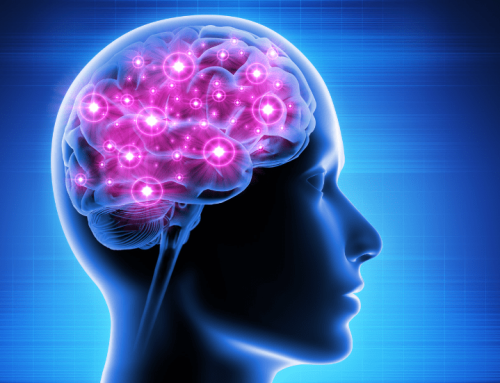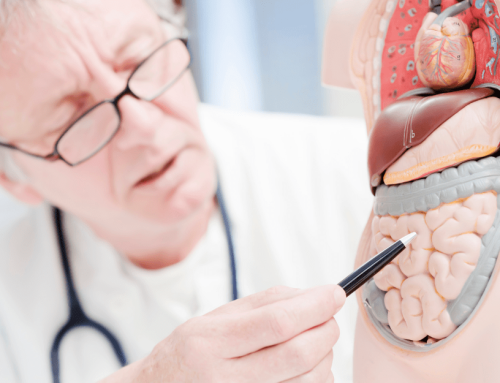Naeser MA.
Department of Neurology, Boston University School of Medicine, MA 02130, USA. mnaeser@bu.edu
Abstract
In this review, seven studies using photoradiation to treat carpal tunnel syndrome (CTS) are discussed: two controlled studies that observed real laser to have a better effect than sham laser, to treat CTS; three openprotocol studies that observed real laser to have a beneficial effect to treat CTS; and two studies that did not observe real laser to have a better effect than a control condition, to treat CTS. In the five studies that observed beneficial effect from real laser, higher laser dosages (9 Joules, 12-30 Joules, 32 J/cm(2), 225 J/cm(2)) were used at the primary treatment sites (median nerve at the wrist, or cervical neck area), than dosages in the two studies where real laser was not observed to have a better effect than a control condition (1.8 Joules or 6 J/cm(2)). The average success rate across the first five studies was 84% (SD, 8.9; total hands = 171). The average pain duration prior to successful photoradiation was 2 years. Photoradiation is a promising new, conservative treatment for mild/moderate CTS cases (motor latency < 7 msec; needle EMG, normal). It is cost-effective compared to current treatments.






